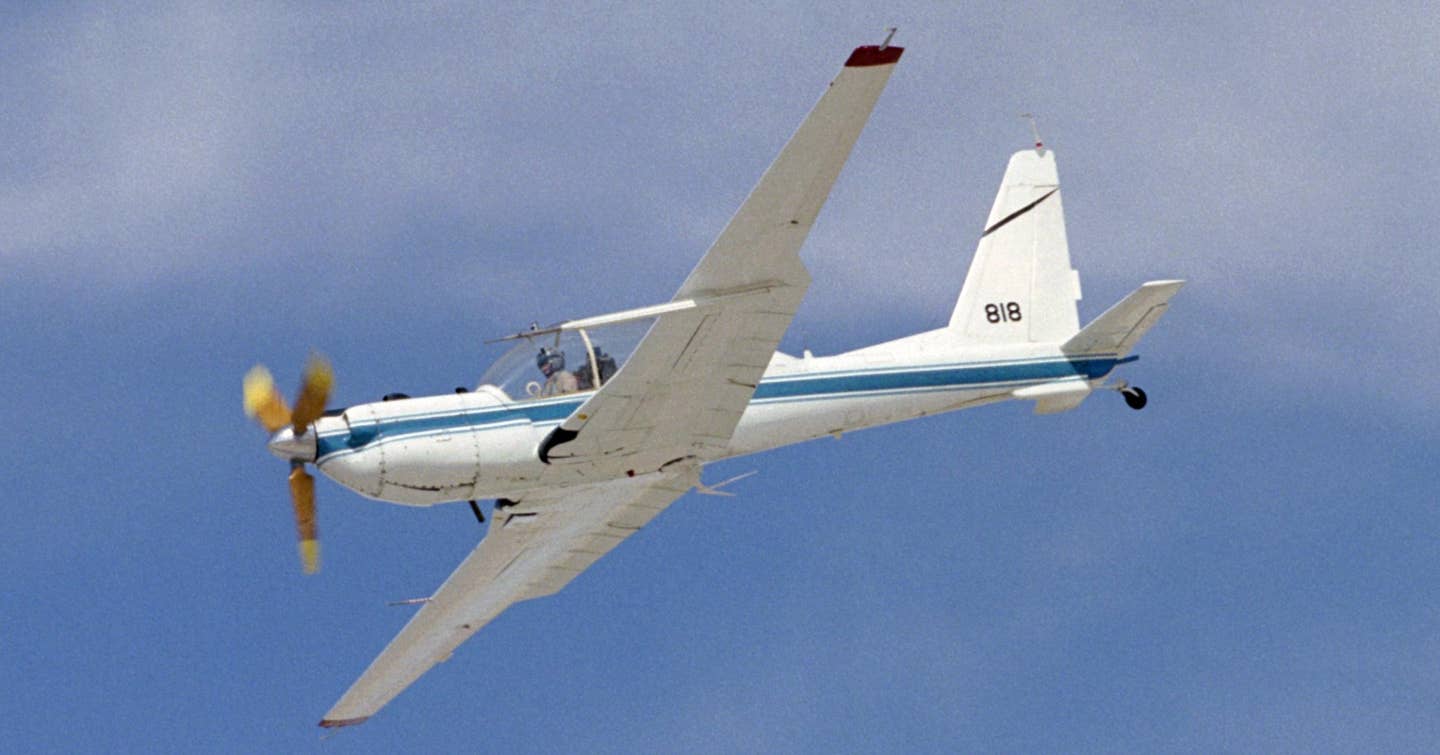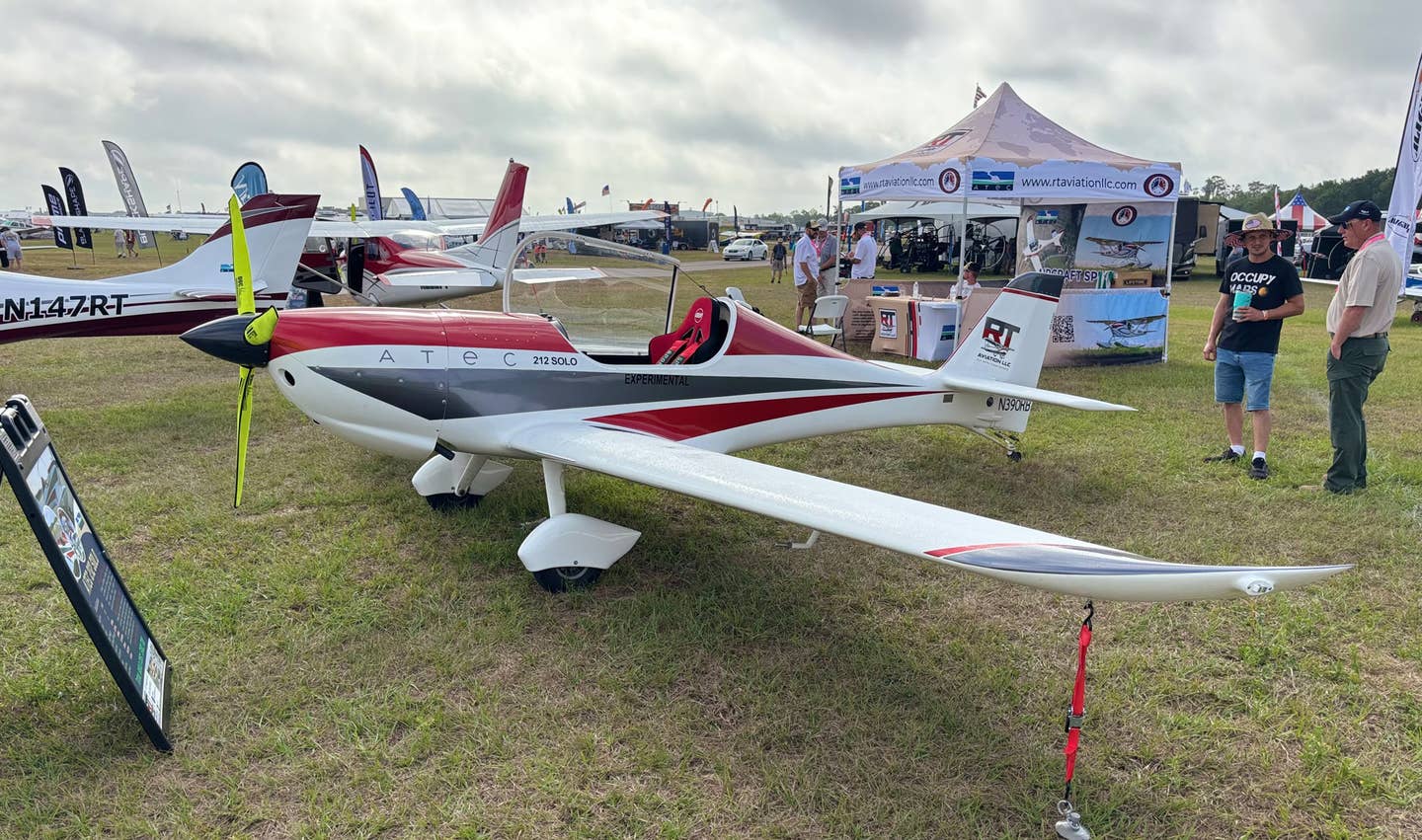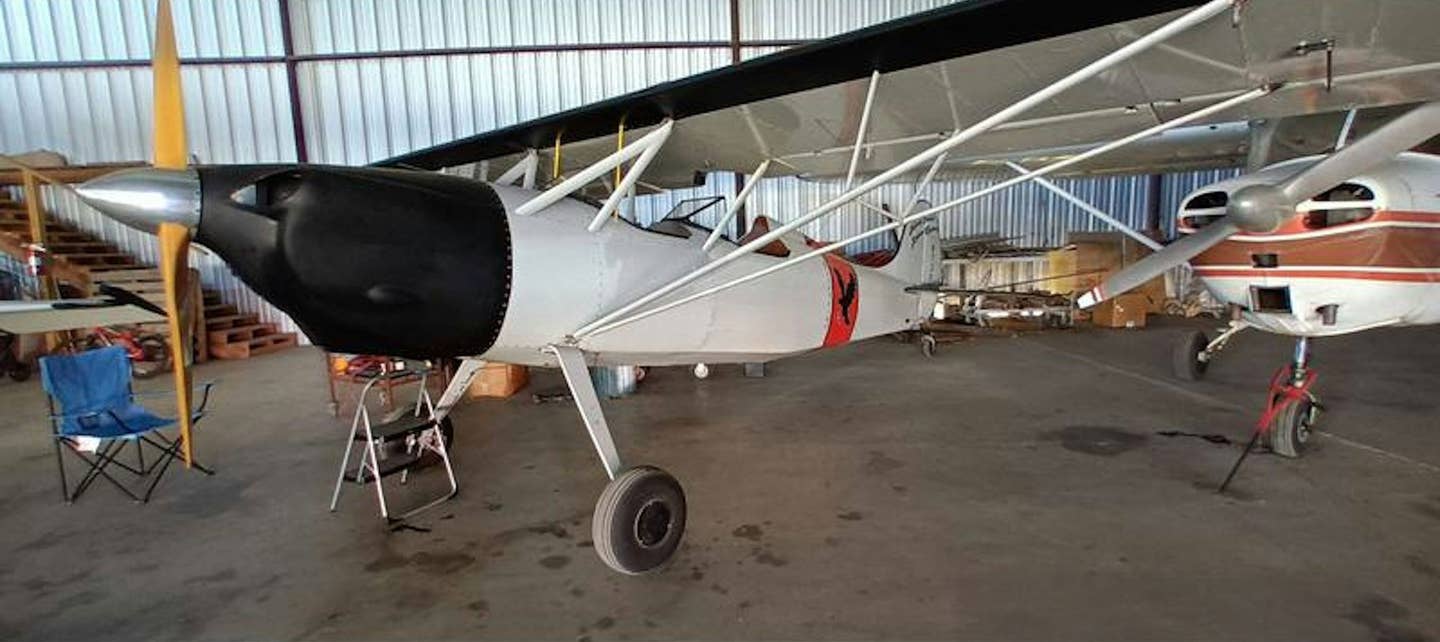Buick-Powered Stealth Plane? The Amazing Lockheed YO-3 Quiet Star.
A stealthy aircraft from the 1960s is little known.

So what if it doesn’t look like an F-22 Raptor? The Lockheed YO-3 has a righteous claim to fame as one of the world’s first successful stealth planes. Photo courtesy of NASA
When we think of stealth aircraft, we usually focus on low radar-signature planes like the F-22 fighter or B-2 Stealth Bomber. But, in fact, stealthy technology encompasses much more. Most aircraft also produce a heat signature, a vapor trail and, of course, the generation of power produces noise. In 1966, the Lockheed corporation combined a Schweitzer 2-32 glider airframe, a Continental 0-200 engine and the muffler from a 1958 Buick to produce what was arguably the first stealth aircraft.
This original design, the QT-2 (Quiet Thruster), eventually morphed into the production version, the YO-3 Quiet Star, which went on to gather intelligence for the U.S. military in the Mekong Delta of South Vietnam and then had a second act catching wild game poachers in the Mississippi Delta.
Modified general aviation aircraft have been pressed into military service for a very long time. The Piper L-4 Grasshopper, Cessna O-1 Birddog and later the Cessna O-2 Skymaster all saw extensive action as artillery spotters, forward air controllers and liaison aircraft.
However, in 1966, the U.S. Navy had a unique request. It had been tasked with finding and interdicting traffic in the Mekong Delta region of Vietnam. Lieutenant Leslie Horn, himself a private pilot, grew tired of the dangerous work of searching the canals in a riverboat with a set of binoculars and a starlight scope. So, he asked, what if a very quiet airplane, undetectable from the ground, could orbit over the delta for long periods of time and look for the enemy in relative safety?
Surprisingly, the powers-that-be agreed, and soon the Lockheed Space and Missile Division had a U.S. Army contract in hand to develop a high-lift, low-noise, stealthy reconnaissance aircraft. The company, which had already been at work on a similar project, asked engineer Stanley Hall, a noted sailplane designer, to head up the project.
Hall's first effort, the QT-2 (Quiet Thruster Two Seats), consisted of the venerable Schweizer 2-32 glider airframe with a Continental O-200 engine mounted on top of the fuselage, just behind the pilots. To reduce propeller tip noise, a large, slow-turning wooden propeller was connected to the engine by a driveshaft that ran over the pilots' heads. This ungainly looking arrangement was driven by a series of rubber belts to reduce gear noise. And, of course, the final stealth modification was the addition of the aforementioned 1958 Buick muffler.
Once flight tests began, it was immediately apparent that the QT-2 was virtually undetectable on dark nights at altitudes greater than 800 feet AGL. To be sure, the QT-2 was not completely silent. However, the combination of ambient background noise, the soft, gentle surf-like sound of the large, slow-turning propeller, and the fact that the boats traveling on the river would produce their own noise made it a very stealthy platform.
Pleased with the two prototypes' performance, the company modified both airframes into a combat-ready airplane named the QT-2PC (Prize Crew), which was soon shipped to Vietnam. Lt. Horn, now a Lt. Commander, led a hardy band of pilots and maintainers and put the stealthy motor gliders to the test. The results were a mixed bag. The QT-2PCs were as stealthy as advertised. They managed to average 10 hours in the air each night, flying below 1,000 feet while identifying enemy traffic on the Delta, all while undetected. On the other hand, these heavily modified gliders were a handful to fly.
The large propeller was supported by a thick pylon immediately in front of the pilot. Unfortunately, this acted as a second rudder, well forward of the center of gravity. The result was a case of serious Yaw Roll coupling, a phenomenon previously seen in Mach 2 experimental planes. Thus, any unplanned yaw had the potential to develop into a severe roll response, a liability, especially close to the ground. QT-2PC pilots soon learned to limit the aircraft to straight and level and very gentle turns.
Handling issues aside, the test was considered a success. So, Lockheed began work on a more practical successor, the YO-3A Quiet Star. It was also based on the Schweizer 2-32 airframe. However, it featured wing-mounted retractable landing gear, a conventionally mounted Lycoming IO-360, and a large, slow-turning wooden propeller driven once again by a rubber belt drive system. The Buick muffler was retired and replaced by a sophisticated 26-foot-long acoustic exhaust system. Because of these modifications to the original concept, the Quiet Star was a safer, more capable, if slightly noisier, aircraft.
Of the 11 Quiet Stars constructed, nine operated in Vietnam from June of 1970 to September of 1971. While three were lost to crashes, none were lost to enemy action. All turned out to be very effective at identifying enemy supply/troop movements. To ensure their stealth before setting out on their nightly missions, Quiet Star crews flew over the ramp area while the ground crew listened for any unplanned whistles or humming noises. If any were heard, the pilots would immediately land while "duct tape" was applied, and soon they were on their way.
This is where the story usually ends. Unique military aircraft concept is designed, achieves success, then is scrapped. But not so fast! As it turns out, the same technology that allowed the Quiet Star to sneak up on enemy transports in the Mekong Delta was just as effective at tracking game poachers in the Mississippi Delta. Two of the YO-3A Quiet Stars served the Louisiana Department of Fish and Game in this role for many years. Seeing this success, the FBI eventually acquired the aircraft and used them to track down its most wanted. NASA also acquired a Quiet Star. It used its YO-3A quiet flight characteristics to measure the noise signatures of other aircraft, from helicopters and tiltrotors to the SR-71s sonic booms.
NASA's Quiet Star remained in service until 2015 and then found a permanent home at the Vietnam Helicopter Museum in Concord, California. Happily, most of the surviving airframes are on display in aviation museums around the country, several in flying condition. So, long before stealth was cool, military necessity, a young naval officer with general aviation roots and a Lockheed engineer with a passion for designing sailplanes created this incredible plane!
Learn about another Incredible Plane, the V-173 Flying Pancake.

Subscribe to Our Newsletter
Get the latest Plane & Pilot Magazine stories delivered directly to your inbox






